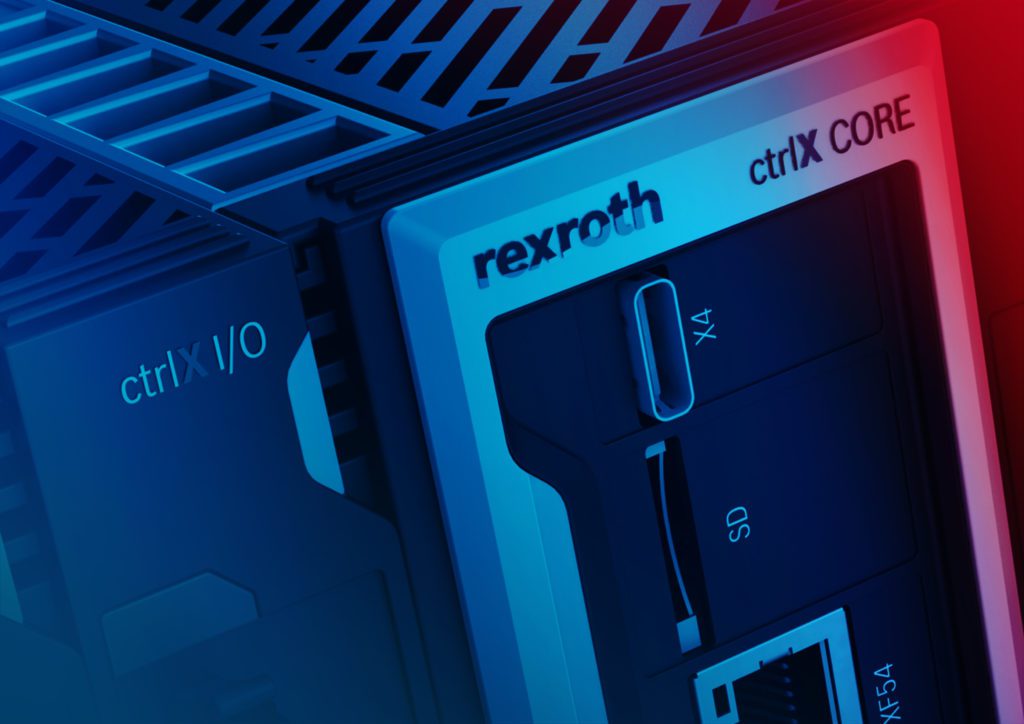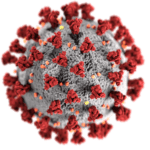In this six-part series, we explore how machine designs are evolving with wireless connectivity, Ethernet-based networking protocols, cloud-based operations, open programming, and various forms of edge computing. Links at the conclusion of each part follow in order, and here is a listing of all topics covered:
Part 1 ⚙️ Connectivity and IoT in motion and general automation
Part 2 ⚙️ The role of wireless for predictive maintenance and other connectivity applications
Part 3 ⚙️ Trends in Ethernet, PoE, IO-Link, HIPERFACE, and single-cable solutions
Part 4 ⚙️ Edge computing and gateways proliferate for industrial machinery
Part 5 ⚙️ Protocols and cloud connectivity — MQTT, OPC-UA, and more in motion control
Part 6 ⚙️ IDE and other software for connectivity and IoT design work
 By Lisa Eitel • Executive editor | Design World
By Lisa Eitel • Executive editor | Design World
Connectivity is at the core of modern automation in manufacturing and beyond. System links between devices, controls, machines, and the cloud facilitate the use of data so important to IIoT (Industrie 4.0) functionalities. Here, leading trends include the rise of edge computing (including the use of industrial gateways), services that support cloud connectivity, Ethernet-based networks, wireless communications for industrial components, various forms of standardized protocols, open-source programming code, and unifying software environments to facilitate interoperability.

Just consider edge devices — the actuators, sensors, and connectivity components including gateways and motor-mounted controllers with computational resources to eliminate data bandwidth and latency issues. Their location at the furthest reaches of machinery means their processing power is well placed to filter and analyze data before it’s sent onward to central controls or the design’s cloud presence. However, the usefulness of edge devices ultimately relies on interoperability with multiple machine systems.
When conjuring such systems, most engineers are likely to picture the traditional automation-communications pyramid as shown above. Such architectures include data exchanges between field-level sensors and higher implementation layers … as well as some communications between controls … finally rising to the pinnacle of the enterprise level. But several technologies have facilitated distributed and intelligent systems with flatter machinery communication structures:
• Today’s software (along with industrial apps not unlike those for consumer-grade mobile devices)
• Newer options such as cloud services — as one networking example
• Hardware such as programmable automation controllers (PACs) and smart field devices — as two component examples
These technologies have changed the structure of the intelligent factory floor — especially over the last decade.
What’s the point of all this? Rodney Rusk, Industry 4.0 leader at Bosch Rexroth, explains that smart factories (sometimes billed the Factory of the Future) will increasingly use wireless connectivity including 5G as well as distributed intelligence and edge computing to:
• Allow manufacturing to be more responsive to change
• Impart more flexibility in production planning
• Predict maintenance and failures before critical work stoppages.
“These features will let industries reduce warranty, waste, and downtime costs while improving worker safety … and help them attract and retain the best workforce,” he adds. Of course, it’s key when implementing IoT functions that the objectives of machine builders and end users be satisfied. ⚙️ Continue onward to Part 2 of this series: Wireless in predictive maintenance — and wireless connectivity uses








Leave a Reply
You must be logged in to post a comment.